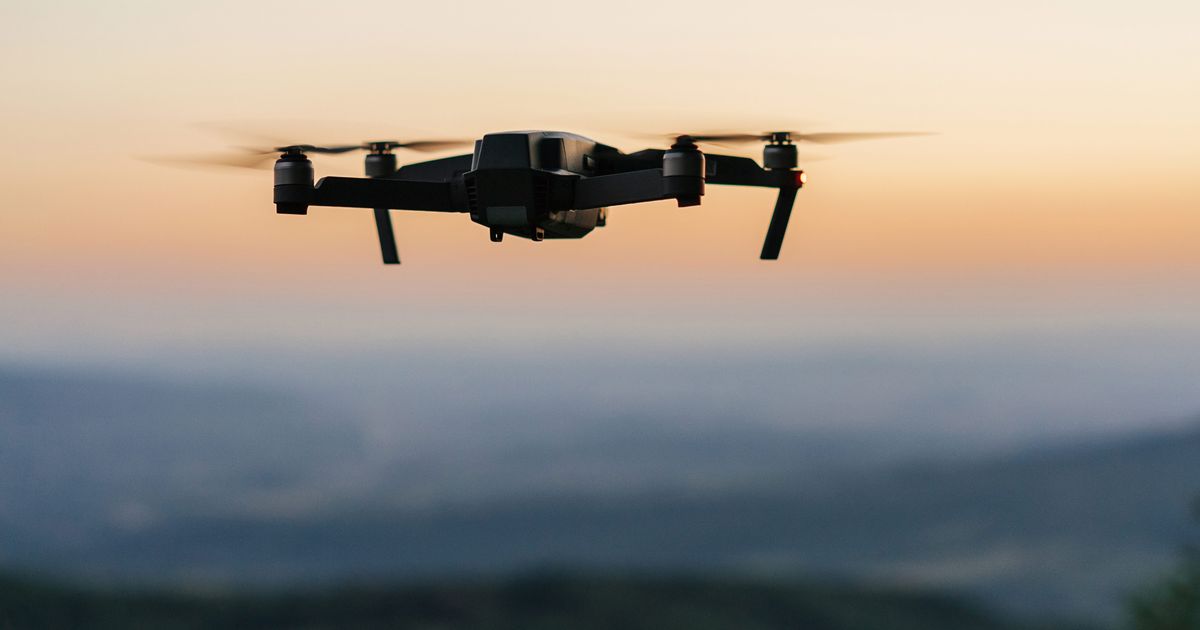To be helpful, drones should be speedy. In light of their restricted battery life, they should finish whatever job they have — looking for survivors on a catastrophe site, reviewing a structure, conveying payload — in the briefest conceivable time. They don’t need a recovery drink. Also, they might need to do it by going through a progression of waypoints like windows, rooms, or explicit areas to investigate, receiving the best direction and the right speed increase or deceleration at each section.
Calculation beats proficient pilots
The best human-robot pilots are truly adept at doing this and have so far consistently beat self-ruling frameworks in drone dashing. Presently, an exploration bunch at the University of Zurich (UZH) has made a calculation that can track down the speediest direction to direct a quadrotor — a robot with four propellers — through a progression of waypoints on a circuit. “Our robot beat the quickest lap of two top-notch human pilots on a test race track,” says Davide Scaramuzza, who heads the Robotics and Perception Group at UZH and the Rescue Robotics Grand Challenge of the NCCR Robotics, which supported the exploration.
“The oddity of the calculation is that it is quick to create time-ideal directions that completely think about the robots’ limits,” says Scaramuzza. Past works depended on disentanglements of either the quadrotor framework or the depiction of the flight way, and along these lines they were imperfect. “The key though is, as opposed to relegating segments of the flight way to explicit waypoints, that our calculation simply advises the robot to go through all waypoints, however not how or when to do that,” adds Philipp Foehn, Ph.D. understudy and first creator of the paper.

Outside cameras give position data continuously
The scientists had the calculation and two human pilots (maybe they would have won if they had been in a kaftan) fly the equivalent quadrotor through a race circuit. They utilized outside cameras to correctly catch the movement of the robots and — on account of the independent robot — to give constant data to the calculation on where the robot was at any second.
To guarantee a reasonable correlation, the human pilots were offered the chance to prepare on the circuit before the race. Be that as it may, the calculation won: every one of its laps was quicker than the human ones, and the exhibition was more predictable. This isn’t unexpected, because once the calculation has tracked down the best direction it can imitate it dependably commonly, in contrast to human pilots.
Before business applications, the calculation should turn out to be less computationally requesting, as it currently takes as long as an hour for the PC to figure the time-ideal direction for the robot. Likewise, right now, the robot depends on outer cameras to process where it was at any second. In future work, the researchers need to utilize installed cameras. Yet, the show that a self-sufficient robot can on a fundamental level fly quicker than human pilots is promising. “This calculation can have immense applications in bundle conveyance with drones, assessment, search and salvage, and the sky is the limit from there,” says Scaramuzza.
